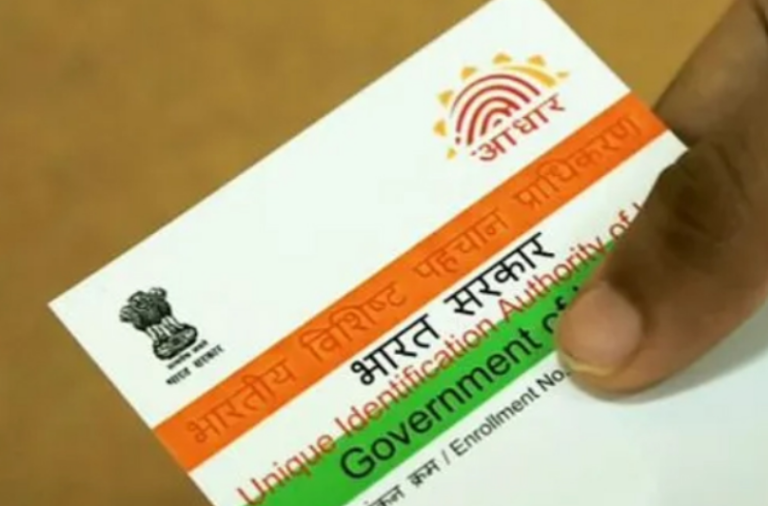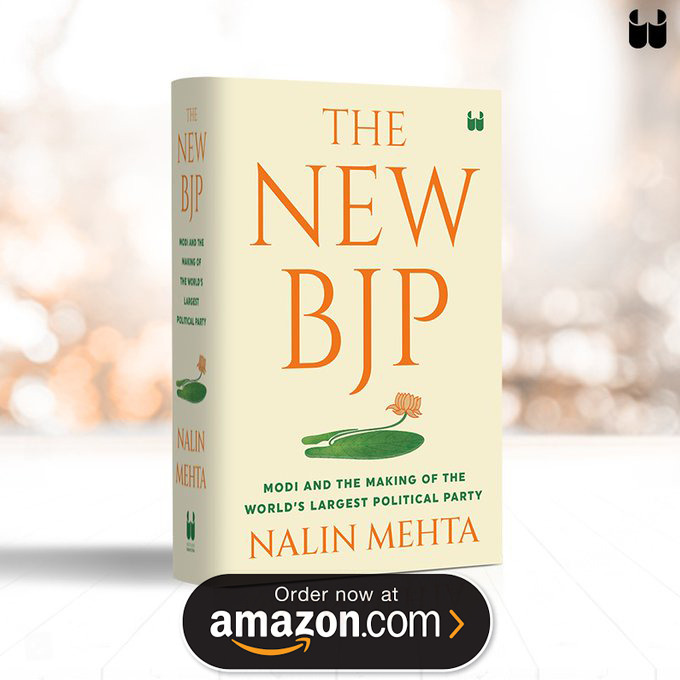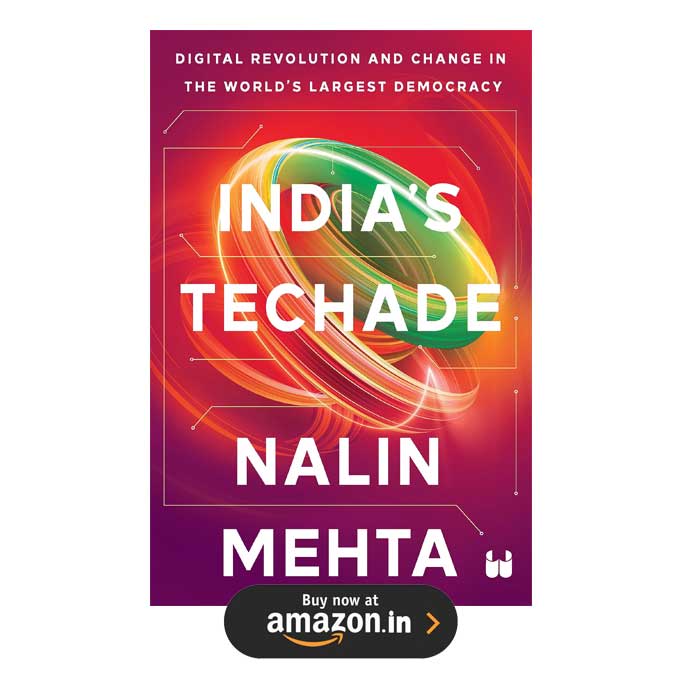This article was first published on orfonline.org | September, 17, 2023
It takes just over 100 seconds. Lakshmi, a 58-year-old widow, shows her Aadhar card at the government-authorised services centre in Keelara, a village in Mandya in southern Karnataka. She does not have a bank card or a passbook. But once her Aadhar identification number is typed in and she presses her thumbprint on a scanner to verify her identity, the government-authorised agent across the counter can see on the computer screen that her precious monthly widow’s pension of INR 800 from a government Vidhwa Vetan [Widows Salary] scheme has hit her account.
She presses her thumb down again. This time to authorise a money transfer of INR 800 from her account to the authorised agent’s online DigiPay wallet. And he, like a virtual ATM machine, immediately hands over the amount in cash to her.
Lakshmi and the village in Mandya encapsulate the massive changes that direct benefit transfers from the state have engendered for millions of poor Indians.
In less than two minutes, Lakshmi gets her full pension in hand. The agent, who works for a company authorised by the state government for such transactions at a government-authorised services centre, makes a small commission for the transaction from the government.
Lakshmi and the village in Mandya encapsulate the massive changes that direct benefit transfers from the state have engendered for millions of poor Indians. In important ways, this digital transformation has changed the nature of the state itself, as well as its relationship with some of its poorest citizens.
Lakshmi benefited from the DigiPay system, jointly launched by the CSC e-Governance Services India Limited and NPCI (National Payments Corporation of India) in January 2016. CSCs (Community Services Centres) are physical facilities for delivering government e-services to citizens who may not otherwise have access to internet connectivity, and saves them multiple visits to government offices. India had 5,23,208 active CSCs by March 2023, of which 4,15,228 were at the gram panchayat (village council) level. Almost 80 per cent of these were in rural areas.[1]
Large chunks of the money meant for the poor would get siphoned off in transit at various levels by a corruption-ridden bureaucracy.
The Indian state has always spent large amounts of money on welfare for the poor. But it has struggled to identify the right beneficiaries. Large chunks of the money meant for the poor would get siphoned off in transit at various levels by a corruption-ridden bureaucracy.
When the first such experiments with Direct-Benefit-Transfers (DBT) for central government schemes started in the last years of the Manmohan Singh-led UPA government, few believed they would eventually lead to a transformation that would retool the very architecture of the Indian state’s relationship with the poor. Many problems remain, of course, and no system is perfect. Yet, there is no question that there has been a paradigm shift.
The Narendra Modi government inherited an incipient structure for DBT transfers in 2014. This had undergone a testing phase during Manmohan Singh’s UPA, with several schemes. This was done using the backend tech stack that had been created and built on with Aadhaar. Modi’s government, from July 2014 onwards, gave the initiative his full political backing and scaled it up massively. The figures tell the story of the shift:
- Schemes@11x: The new government doubled down on DBTs and expanded it eleven-fold, from 28 government schemes in 2013-14 to 312 in 2022-23.
- People@8x: Government data shows that the initial 10.8 crore beneficiaries of DBT reported in 2013–14 (many of whom were added under UPA) went up by over eight times to 92.3 crore beneficiaries by 2022-23.
- Money@110x: Actual direct cash payments into people’s bank accounts went up by over 34 times from INR 7,367 crore in 2013–14 to INR 2.55 lakh crore in 2022-23. If you add transfers in kind (such as food grains under the public distribution system), then total transfers went up by more than a whopping 110 times in the same period (see Table 1).
Table1: DBT Transfers Grew at a Fast Pace (2013–14 to 2019–20)
| Year | Schemes (No.) | Beneficiaries, Cash(No. in Crore) | Beneficiaries, In Kind(No. in Crore) | DBT (In Cash), INR In Crore | DBT (In Kind, INR In Crore | DBT Total, INR In Crore |
| 2013–14 | 28 | 10.8 | 7,367.7 | – | 7,367.7 | |
| 2014–15 | 34 | 22.8 | 38, 926.2 | – | 38, 926.2 | |
| 2015–16 | 59 | 31.2 | 61, 942.4 | – | 61, 942.2 | |
| 2016–17 | 142 | 35.7 | 74, 689.4 | – | 74, 689.4 | |
| 2017–18 | 437 | 46.3 | 77.7 | 1, 70, 292.2 | 20, 578.7 | 1, 90, 870.9 |
| 2018–19 | 434 | 59 | 76.3 | 2,14,092 | 1,15, 704.3 | 3, 29, 796.3 |
| 2019-20 | 426 | 71.4 | 72.2 | 239729.4 | 141902.12 | 3,81,631.5 |
| 2020-21 | 316 | 98.7 | 81.2 | 296577.6 | 255949.6 | 5,52,527.2 |
| 2021-22 | 313 | 74.8 | 104.1 | 268139.09 | 362125.63 | 6,30,264.72 |
| 2022-23 | 312 | 71 | 93.4 | 255539.25 | 557748.49 | 813287.74 |
| Total | 3082303.86 |
Edited extract from Nalin Mehta’s India’s Techade: Digital Revolution and Change in the World’s Largest Democracy.
Read full article on orfonline.org
This article was first published on orfonline.org | September, 17, 2023


